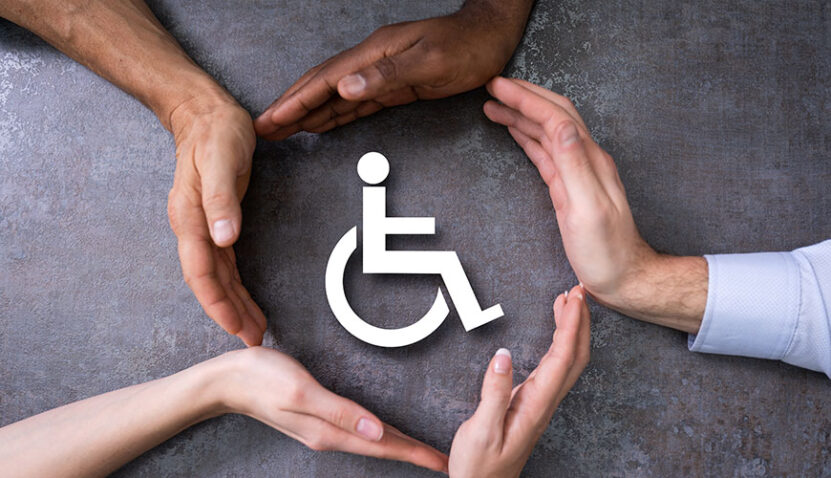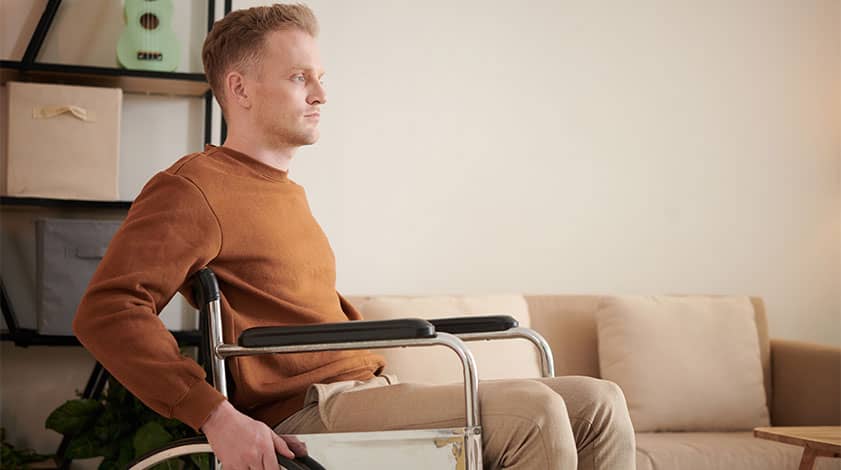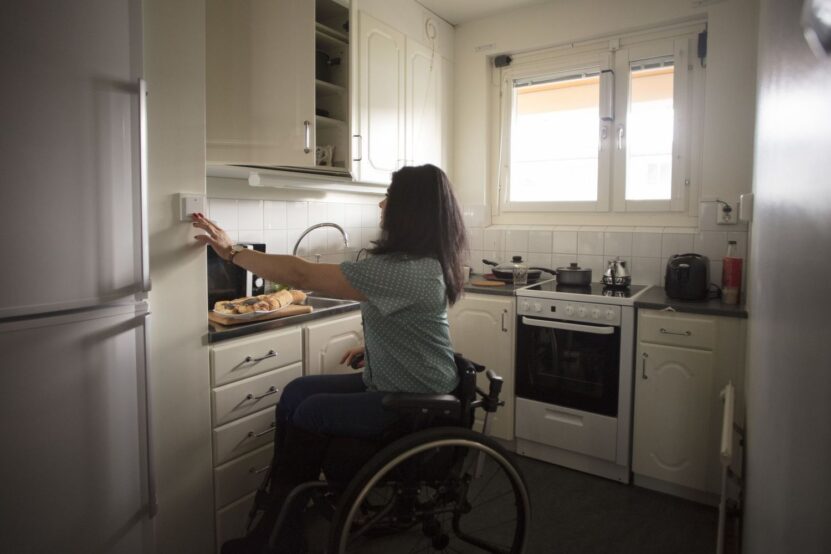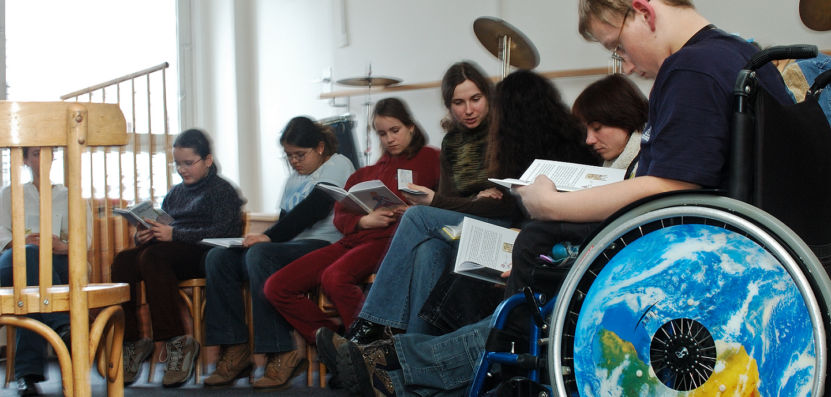Moving house is a significant milestone in any individual’s life. It brings the promise of a new beginning but is also a process fraught with challenges. For people with disabilities, these challenges can be doubly demanding. But these challenges also bring opportunities. Opportunities to embrace independence, opportunities to innovate, and opportunities to create an environment that’s not just a house, but a home that respects and celebrates their unique needs. This process requires careful thought, meticulous planning, and most importantly, an unyielding spirit.
It’s important to remember that each person’s needs are unique. Disabilities exist on a spectrum and can range from physical impairments such as mobility issues, sensory impairments like hearing or vision loss, to cognitive disabilities or a combination of these. Therefore, a one-size-fits-all approach won’t work. What’s crucial is recognizing individual needs and addressing them with tailor-made solutions.
Assessing Accessibility Needs

The first step towards a smooth move is to thoroughly assess the accessibility needs of your new home. This step involves a detailed appraisal of the new property, taking into account the specific requirements necessitated by your disability.
Understanding and anticipating potential barriers and opportunities can help formulate an effective moving plan. For instance, the property might already have certain accessibility features in place, such as wide doorways to accommodate a wheelchair, a stairlift, or a barrier-free shower area. At the same time, some areas might need modification, like installing grab bars in the bathroom or ramps at entrances.
A home’s accessibility isn’t limited to its interior. Consider factors like the ease of entering and exiting the property, the availability of parking, the proximity to community services, healthcare facilities, and public transportation. Assessing all these aspects can provide a clear picture of the changes needed to make the new home fully accessible.
Engaging Professionals
Moving to a new house is a complex task, even more so for individuals with disabilities. Hiring professionals experienced in accessible moving can alleviate many of these challenges.
Professional moving companies, such as Easy Peasy Removals, that specialize in accessibility understand the unique needs associated with different types of disabilities. They can provide services such as packing and unpacking, which are considerate of the person’s disability. For example, packing items in a way that they are easy to unpack, using easily removable labels, and being mindful of the placement of furniture and other items in the new home.
But the role of professionals isn’t limited to moving companies. An occupational therapist can offer insights into home modifications that can enhance its accessibility and safety. They can provide advice on positioning furniture and household items, suggest assistive devices, and provide training on how to use these devices effectively.
Creating a Moving Plan

With a good understanding of your accessibility needs and the right professionals to help, the next step is to create a comprehensive moving plan. This plan should cover all aspects of the move, from preparing for the move, the moving day itself, and settling into the new home.
Start with a timeline. Having a clear schedule can make the task feel less overwhelming. Break down the move into smaller, manageable tasks, and allocate ample time for each task. Remember to factor in rest periods to avoid overexertion.
Next, consider what you’ll need on the moving day. This could include things like a comfortable outfit, easy-to-consume food and drinks, necessary medication, and important documents. Packing these essentials in an easily accessible bag can be a lifesaver on the moving day.
Packing and Sorting
Packing is an integral part of moving. It’s not just about putting things in boxes, but doing so in a way that facilitates easy unpacking. An effective strategy for this is to sort, categorize, and label items.
Start by sorting through your belongings. This could be a good time to declutter and get rid of things you no longer need or use. Once you’ve decided what to keep, categorize these items based on their use or the room they belong to.
When packing, consider the weight and size of the boxes. Smaller, lighter boxes are easier to handle and can reduce the risk of injury. Pack essential items separately and label them clearly. Having easy access to essentials can make the first few days in the new home much more comfortable.
Coordinating Support
Having a reliable support network can be a game-changer when moving. This network could include friends, family members, caregivers, or professional movers.
Inform your support network about your move well in advance. Discuss how they can assist you during the process. Their help can be invaluable in tasks such as packing, lifting heavy items, and unpacking.
Accessibility Modifications

Once you’ve moved into your new home, you might need to make some modifications to enhance its accessibility. These modifications will depend on your unique needs.
Some common modifications include installing ramps for easy access, widening doorways to accommodate wheelchairs, installing grab bars in bathrooms and hallways, or modifying kitchen counters and cabinets for easy reach.
Equipment and Assistive Devices
Assistive devices can significantly enhance accessibility. These devices could range from simple ones like a reacher or a non-slip mat to complex ones like stairlifts or adjustable beds.
Before you move, assess the assistive devices you’re currently using and whether they’ll be suitable for the new home. You might need to replace, modify, or add devices based on your new home’s layout and your evolving needs.
Communication with Service Providers
Moving to a new house involves more than just packing and moving your belongings. It also involves transferring your utilities, updating your address with various service providers, and possibly even finding new healthcare providers.
Start by listing down all the service providers you currently use. This could include utilities like electricity, water, and internet, subscriptions like newspapers or magazines, and services like home care or medical services.
Researching Local Resources

Moving to a new neighborhood can feel disorienting at first. Familiarizing yourself with the local resources can make this transition easier.
Research about local facilities like hospitals, pharmacies, grocery stores, parks, and public transportation. Also, look for local disability support groups or recreational activities for people with disabilities.
Preparing for Emotional Adjustments
Moving to a new house can be an emotional rollercoaster. It can bring excitement, anxiety, and a sense of loss, all at the same time. Being prepared for these emotions can make the transition smoother.
Establishing a routine as soon as possible can provide a sense of normalcy. Also, personalizing your new home, even with small touches, can make it feel more familiar and comfortable.
Celebrating the New Home
Finally, once you’ve moved and settled into your new home, take a moment to celebrate. This milestone is not just about moving to a new house. It’s a testament to your resilience and a step forward in your journey of independence.
Whether it’s a quiet moment of reflection or a gathering with your loved ones, take time to appreciate your efforts and cherish your new home. It’s a new chapter in your life, a chapter full of possibilities, opportunities, and endless potential for growth.
